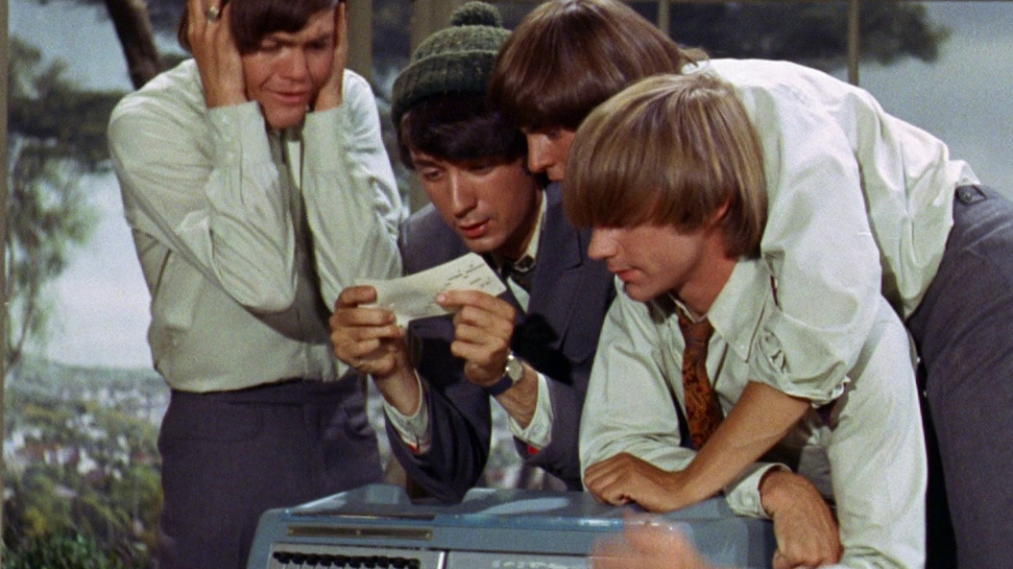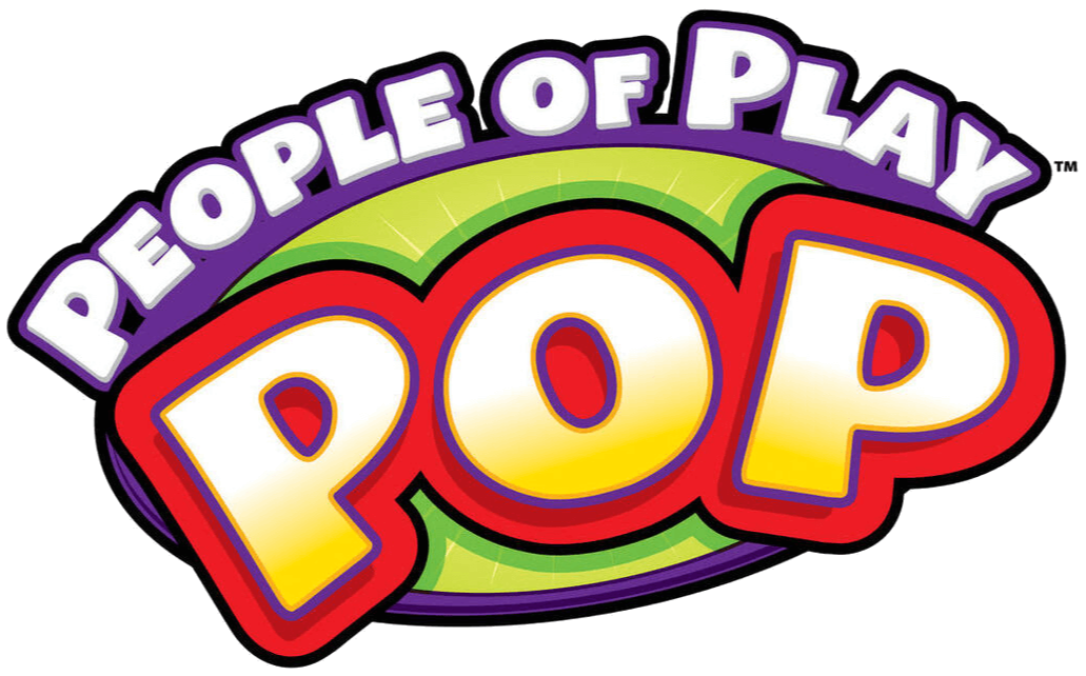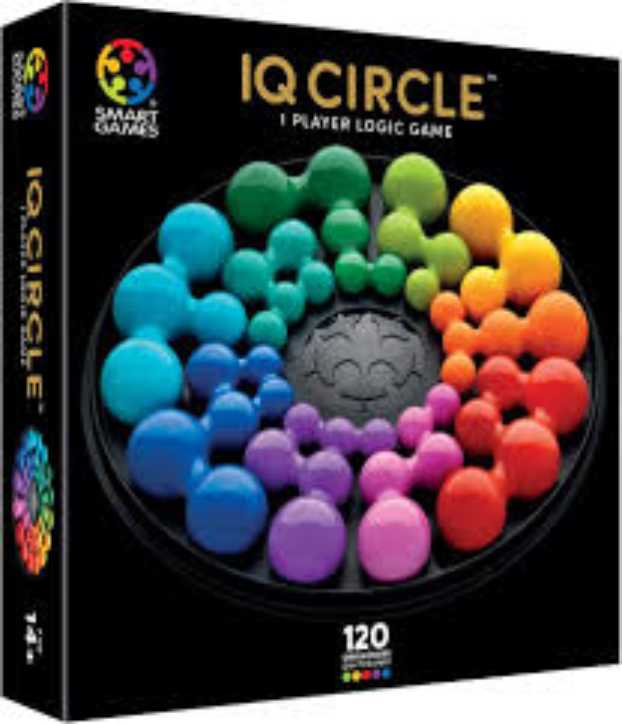Monkee Vs. Machine: What can a '60s TV show teach us about toy inventing?
by Rana Schenke | 16 Dec 2021
Industry Commentary, Op-Ed

After receiving news of the death of Michael Nesmith (Mike from the Monkees) on Friday, I thought back to the Monkees’ TV show and, more specifically, my favorite episode of the show.
Funnily enough, the episode in question centers around the happenings at a toy company, so I thought it would make the perfect topic for a post.
In the episode, titled “Monkee vs. Machine” (S1:E3), Mike gets a job at a toy company and meets Pop Harper, an elderly toy inventor.
Daggart, a company exec, is attempting to force Pop out in favor of having his cohort of computers design all of the toys, and Mike and the rest of the band decide to help Pop keep his job by sabotaging the playtesting of Daggart’s computer-designed toys.
So, what can we take away from this episode?
First, the most impactful moment of the episode: the point when Mike counters Daggart by stating that the company needs to remember to build some happiness into the toys.
Daggart is so hung up on profits and automation that he has failed to see what’s right in front of him, despite multiple playtesting sessions: kids aren’t enjoying his computer-designed toys.
Play is a part of human nature; when you focus too much on other things and forget the human aspect of the toy, it loses its heart and the spark that attracts kids in the first place.
That’s why it’s so important to pay attention to what kids want and what their interests are when coming up with a new product idea, and to playtest, playtest, playtest!
Another thing we can take away from this episode is the importance of social proof in the success of a toy.
We can see this in the first playtesting session, where the kids are supposed to be playing with an assortment of toy vehicles but are instead drawn to Davy (disguised as a child) and his yo-yo.
The yo-yo isn’t a complex or feature-laden toy, but because the kids see Davy playing with it and enjoying it, they are more interested in it over the vehicle toys.
It goes to show that even though you might have the most elaborate or best-designed toy, it will never take off if you don’t get social proof validating your concept.
Additionally, even if you create a toy or game, once other people start using it, you can’t control how they play.
Sure, you can predict a play pattern based on different features and factors in your product, but the fact is that people (especially kids) are going to use it however they feel like it.
We see this in the episode when Micky destroys the pie toy and when Peter tries to force together the two pieces of track for the toy cars.
In both instances, Daggart gets frustrated with the “kids” and, in the case of the tracks, even tries to take the toy away to show them how to play with it “properly.”
This results in a riot amongst the kids — because no kid likes to be told how they should play with a toy.
Stepping back can be one of the hardest parts of playtesting your new idea, but it’s important to do so in order to get an accurate idea of how the toy or game works when it’s played with by other people.
It’s also important because it will provide you with a wealth of information you might not have gained otherwise, by pointing out flaws and areas of improvement that you can fix before you pitch the idea.
These are just a few of the (toy industry-specific) tidbits that can be taken away from this episode, but, if nothing else, you ought to watch it just to ogle the awesome vintage toys that appear in the background at the toy company. It makes me want to travel back in time and pretend to be a kid like the Monkees did, just so I can check out the neat ‘60s toys!
Recent Blogs
Recent Blogs

Industry Commentary, Op-Ed
The Top 25 POP Profiles of 2025

Biographies and Interviews
Ben Krenz Talks Moose Games, The Rise of Kidults, and More!

The Bloom Report
The Bloom Report Issue Archive

Play Through History
The Lives They Lived: Rest in Play Edition 2025

The Bloom Report
Toy and Game People Obituaries - RIP - Rest in Play
See more
Recent Wiki

BOOK REVIEWS
Game Review: Cats & Boxes

PEOPLE
Ana Maria, Founder of The Magical Underland Inc., Rings in the Holidays with a new kind of Christmas Tree

BOOK REVIEWS
Game Review: IQ Circle

PEOPLE
Catching up with Eric Olsen, The Inventor of Flip 7 and Co-Creator of Messy Table Games

BOOK REVIEWS
Book Review: Happytecture by Anna Devís & Daniel Rueda
See more
POP's Got Talent

POP Entertainment
Randy Klimpert Shares his Ukulele Collection

POP Entertainment
Steve Casino Peanut Art

POP Entertainment
Everyone's Talking about POP!

POP Entertainment
Princess Etch - a Multi-Talented Etch A Sketch Artist

POP Entertainment
Joseph Herscher of Joseph' s Machines.
See more
Recent POPcast

Hidden Role: The Brains Behind your Favorite Games
Connie Vogelmann designed Apiary & Wyrmspan!

Hidden Role: The Brains Behind your Favorite Games
Bob Fuhrer... Is THE Crocodile Dentist!

Hidden Role: The Brains Behind your Favorite Games
Tom Dusenberry... Bought Atari, Wizards of the Coast, and Avalon Hill!

Hidden Role: The Brains Behind your Favorite Games
Matt Leacock created Pandemic... the game!

Hidden Role: The Brains Behind your Favorite Games
Scott Brown and Tim Swindle... are Launching a New Sport!
See more
POPDuos

POPDuos: Interviews with Legends and Leaders
POPDuo: Richard Dickson, Mattel’s President & COO, and Kedar Narayan, Young Inventor Challenge AMB

POPDuos: Interviews with Legends and Leaders
POPDuo: Will Shortz and Josh Wardle

POPDuos: Legends and Leaders Explore Creativity
POP Duo: Elan Lee, Co-Founder, Exploding Kittens.and Jeff Probst, Host and Exec Producer, Survivor

POPDuos: Legends and Leaders Explore Creativity
POP Duo: David Fuhrer, MNG Director, Blue Sq Innovations & Shawn Green, past Dodgers & Mets MLB Star

POPDuos: Legends and Leaders Explore Creativity
POP Duo: Bob Fuhrer, Founder, Nextoy and Tom Fazio, Golf Course Designer
See more















